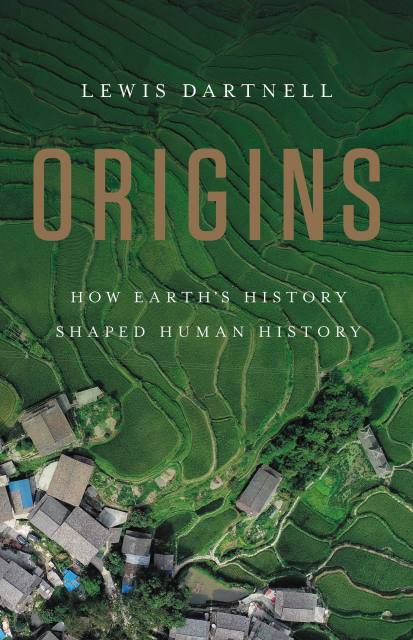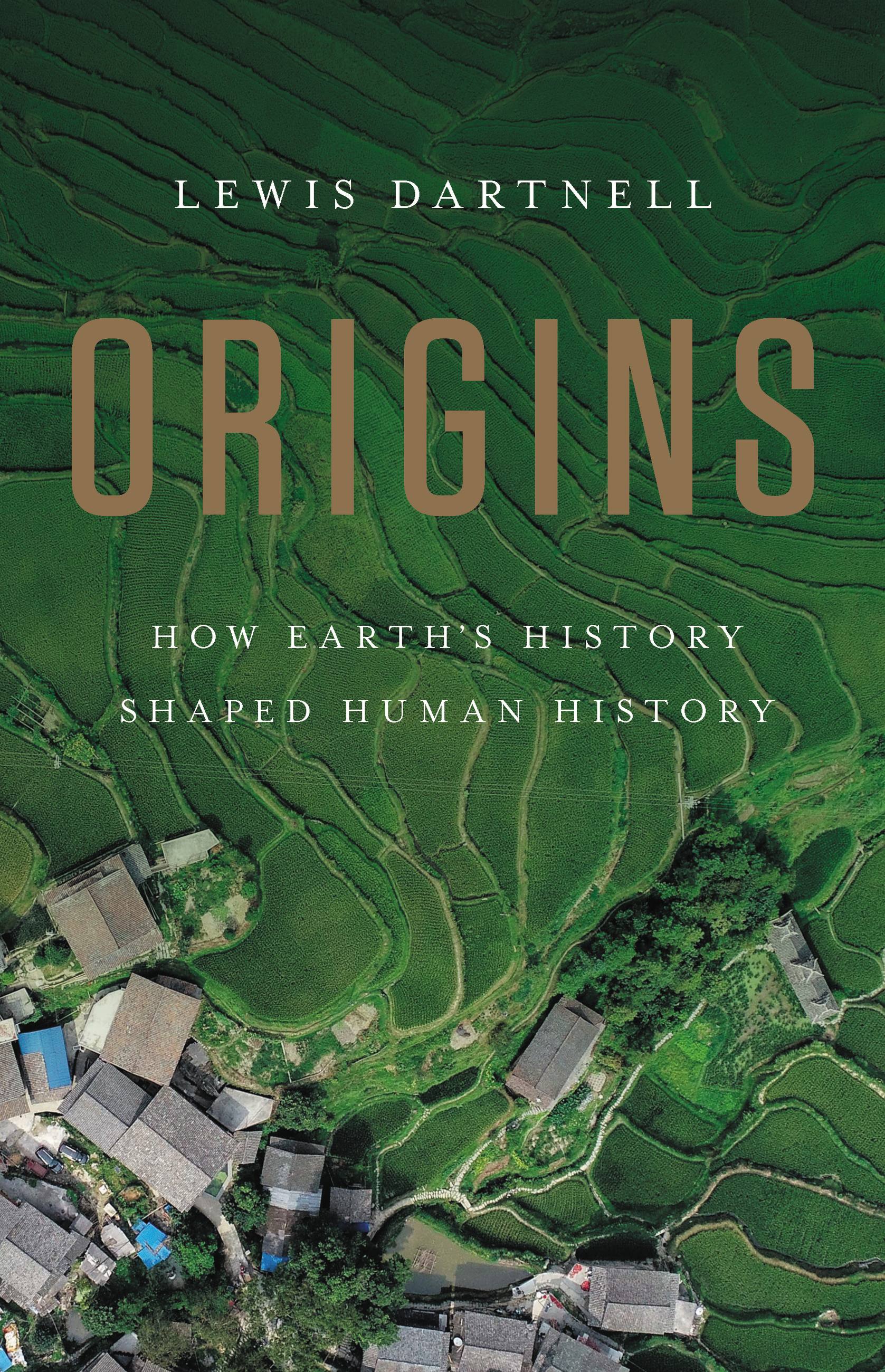Promotion
Use code BEST25 for 25% off storewide. Make sure to order by 11:59am, 12/12 for holiday delivery!
By clicking “Accept,” you agree to the use of cookies and similar technologies on your device as set forth in our Cookie Policy and our Privacy Policy. Please note that certain cookies are essential for this website to function properly and do not require user consent to be deployed.
Origins
How Earth's History Shaped Human History
Contributors
Formats and Prices
- On Sale
- May 14, 2019
- Page Count
- 352 pages
- Publisher
- Basic Books
- ISBN-13
- 9781541617896
Price
$18.99Price
$24.99 CADFormat
Format:
- ebook $18.99 $24.99 CAD
- Hardcover $30.00 $39.00 CAD
- Audiobook Download (Unabridged)
This item is a preorder. Your payment method will be charged immediately, and the product is expected to ship on or around May 14, 2019. This date is subject to change due to shipping delays beyond our control.
Buy from Other Retailers:
Genre:
-
"Origins is a Big History, a grand synthesis that draws from many fields.... Mr. Dartnell's breezy style is full of word play, setting him far from the plodding crowd of many science writers."Wall Street Journal
-
"Dartnell's approach is encyclopedic, marked by both a broad sweep and a passion for details."Washington Post
-
"Dartnell's story is beautifully written and organized. His infectious curiosity and enthusiasm tug the reader from page to page, synthesizing geology, oceanography, meteorology, geography, palaeontology, archaeology and political history in a manner that recalls Jared Diamond's classic 1997 book Guns, Germs, and Steel."Nature
-
"Fascinating."The Guardian (UK)
-
"Behind the human brilliance that historians recognize in ancient Egypt, Mesopotamia, and Greece,Dartnell discerns the effects of the plate-tectonic geology that created environments favorable to suchinnovation. To Dartnell's acute eye, later periods of human history likewise reflect the geodynamics of anevolving planet....Penetrating geosciencedelivers the surprising backstory of human history."Booklist
-
"A thoughtful history of our species as a product of 4 billion years of geology.... Dartnell is an engaging guide through millions of years of history. An expert chronicle of the Earth that culminates in human civilization."Kirkus Reviews
-
"Extraordinary book... Dartnell offers a new perspective on the relationship between human beings and their planet... Dartnell understands geology, geography, anthropology, physics, chemistry, biology, astronomy and history. That's quite an achievement, but what makes him special is the way he communicates the interconnectedness of these disciplines in a clear, logical and entertaining way...Superb."The Times (UK)
-
"The perfect blend of science and history. This is a book that will not only challenge our preconceptions about the past, but should make us think very carefully about humanity's future. Five stars."Mail on Sunday (UK)
-
"The central project of this book -- providing a geological take on human history -- is well illustrated and at moments, surprising."Publishers Weekly
-
"A sweeping, brilliant overview of the history of not only of our species but of the world. Whether discussing the formation of continents or the role that climate (and climate change) has had on human migration, Lewis Dartnell has a rare talent in being able to see the big picture -- and explaining why it matters."Peter Frankopan, author of The Silk Roads
-
"What a treat to see history through the eyes of an astrobiologist! Our history was shaped profoundly by the laying down of iron beds two billion years ago, by the tectonic forces that ripped open the African rift valley, by the slow cooling of the earth that began 50 million years ago, and by the evolution of grasses! Lewis Dartnell's absorbing new book shows, with many vivid examples, how deeply human history is embedded in the history of planet earth."David Christian, author of Origin Story
-
"An original and timely way of looking at human history through the materials and natural resources that our species has employed to such effect. It should be read by everyone who ponders how long exploitation can continue on a finite planet."Richard Fortey, author of Earth
-
"Endlessly enthralling, Lewis Dartnell explains why the history of humanity, and of human cultures, both take dictation from the deeper history of Earth herself--from broad generalities to surprisingly specific details. An entertaining and informative essay on contingency--and worthy successor to the writing of Stephen Jay Gould."Ted Nield, author of Supercontinent
Newsletter Signup
By clicking ‘Sign Up,’ I acknowledge that I have read and agree to Hachette Book Group’s Privacy Policy and Terms of Use







